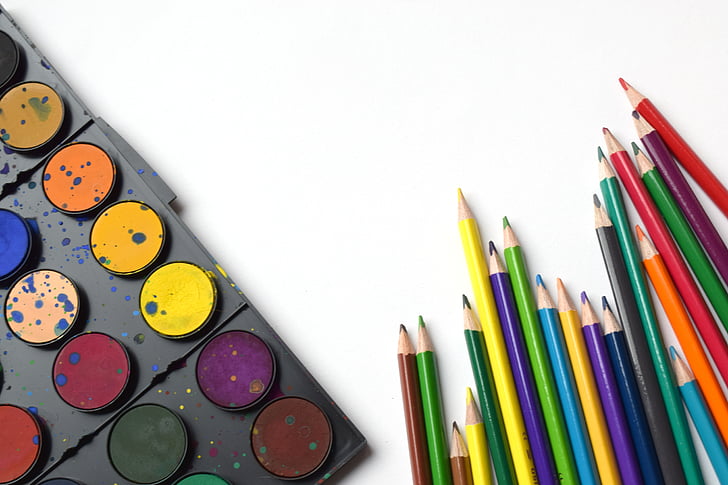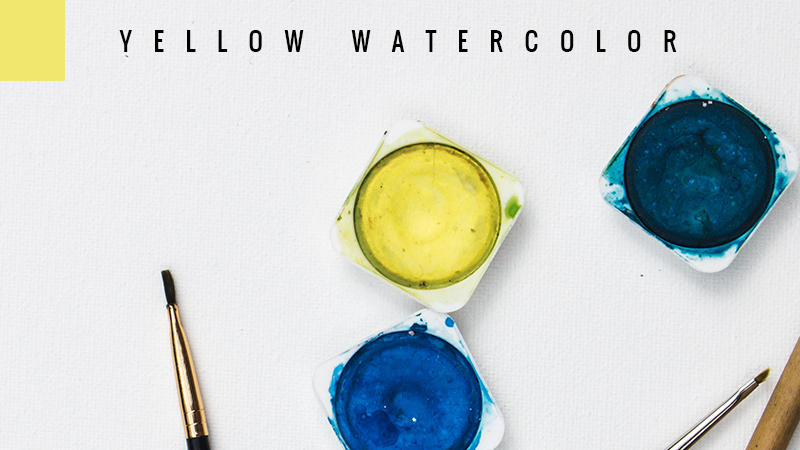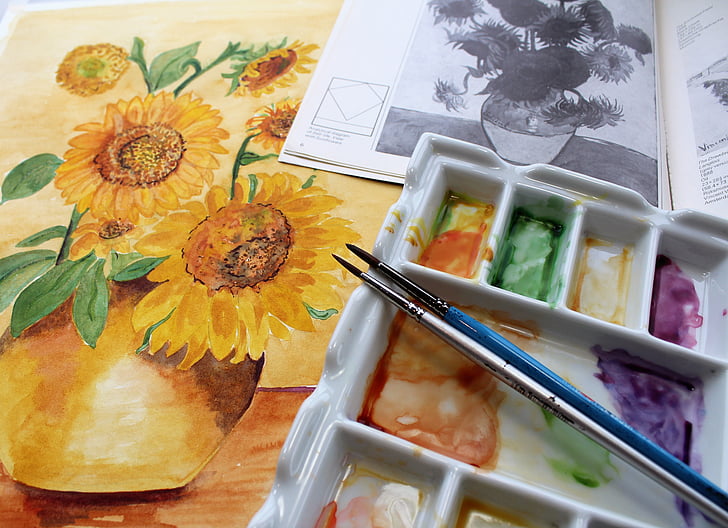How to Use Yellow Watercolor in Art History and Design
Crayons may be one of the first mediums we used as kids. However, when it comes to painting with a brush, watercolor is a great start for children. Many of us are familiar with how it works.
After all, you simply need to dab some water on your caked or tubed paint, and you are good to go.
However, there are professional techniques for using watercolor painting to create dynamic work. Yellow watercolor, or any color for that matter, makes use of the transparent and opaque versions of such medium to bring out the potential of each pigment.
If you want to know more about yellow watercolor, then you should keep reading…
Different Yellow Colors
Yellow is a primary color, which means that it is one of the most basic hues, along with red and blue.
Yellow comes in a vast array of options such as Mellow, Royal, Gold, Cyber, Trombone, Tuscany, and Lemon.
You will also be surprised to know that Cream, Peach, Beige, Navajo, and Ecru can all be considered versions of yellow despite their similarities to other hues.
Yellow Watercolor in History
When looking for the earliest users of yellow pigments throughout history, we would have to look at prehistoric works dating back to 200,000 BCE.
Did you know that our prehistoric ancestors were the very first to use yellow watercolor as a pigment?
Found in South Africa, Mongolia, China, and Mexico, many of the earliest works with this color were found on cave walls.
These prehistoric artists used limonite resulting in a yellow-ochre hue. Other colors found in these caves include red ochre, purple ochre, sienna, and umber, which were all obtained from natural sources.
Now that you know the various types of yellow, as well as its history, you might want to learn how to use it in art and design. Here’s what you need to know…
How to Use Yellow Watercolor
If you plan to use yellow watercolor, the first thing you have to do is to get watercolor cakes or tubes. You will also need a palette, a brush, a canvas, and water.
To use these materials, you simply need to wet your brush and dab it onto the caked paint. If you have tubed paint, simply place some on your palette and add a bit of water.
Watercolor is unique because it has two main characteristics: transparency and opaqueness. Transparency is good for layering your work, while opaqueness gives a rich result.
If you want to make your pigment more transparent, just use more water. Less water is needed if you are going for an opaque effect.
Yellow Watercolor Recommendations
You want to make sure that you get the right version of yellow needed to bring your work to life. To do this, it is important to find the best pigments available on the market.
For long-lasting color, M. Graham & Co. (PY151, PO62) or Windsor & Newton (PY150, PR209) Gambage is a great option, especially with its warm characteristic.
A brighter version can be achieved using Art Spectrum (PY40) or Winsor & Newton (PY40) Aureolin. It is great for creating a transparent color pigment.
A more opaque hue can be created using Winsor & Newton (PY43) or Art Spectrum (PY42) yellow ochre.
Artwork that Uses Yellow Watercolor
An example of the use of yellow watercolor in art is Ali Quli Jabbadar’s Portrait of the Russian Ambassador, Prince Andrey Priklonskiy.
Created from 1673 to 1674, the painter used opaque watercolor on gold paper. In the artwork, yellow was used to recreate the bright colors worn by the subject.
It also gave life to the flora surrounding the main painting.
Another prime example of the use of different versions of yellow is Joseph Mallord William Turner’s the Fort of L’Esseillon, Val de la Maurienne, France.
It was painted from 1835 to 1836, depicting the Arc River gorge. To paint the Fort and its surrounding landscape, the artist used various types of yellows, including one that closely resembles brown.
It also has yellow streaks along with blues that depict the sky and the snowcapped-mountain backdrop.
Conclusion
Making art using yellow watercolor is a great way to practice your craft. Now that you know the history of the color, as well as notable examples of artwork that uses yellow watercolor, you can start your work knowing that you can create truly outstanding paintings.
So, make sure to get the right shades and start painting today.
Read Latest Posts

Hi, I'm Anthony Tran! Welcome to my site. I live in Arizona and am obsessed with all things related to building an Online Business and working from home. Learn about my journey here.
Follow Online





